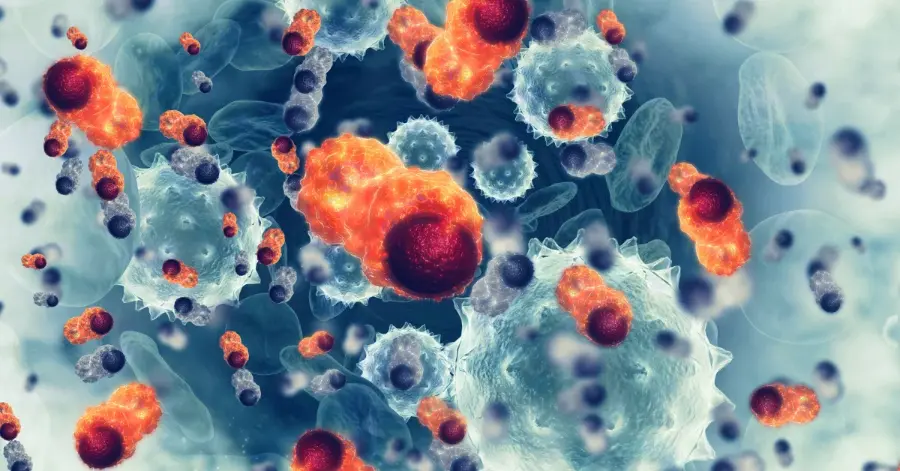
Under normal circumstances, blood clots form when platelets contact a break in the wall of the blood vessel. They should eventually dissolve and are generally not harmful. Blood clots become dangerous when they form in the legs or arms and then travel to the abdomen, lungs, or brain.
You are at a higher risk of complications from a blood clot if you have a condition that negatively impacts circulation, such as high blood pressure, AFib, or diabetes. A lesser-talked-about risk factor is cancer.
According to the CDC, 1 in 5 blood clots is related to cancer and its treatment. Specific cancers such as lung, stomach, pancreatic, ovarian, and lymphomas are more prone to clots.
Symptoms of a blood clot include swelling or puffiness, discoloration, growing pain in the clot location, and difficulty breathing. See a full list of symptoms here. If you experience any of these symptoms, regardless of a cancer diagnosis, seek medical attention right away.



